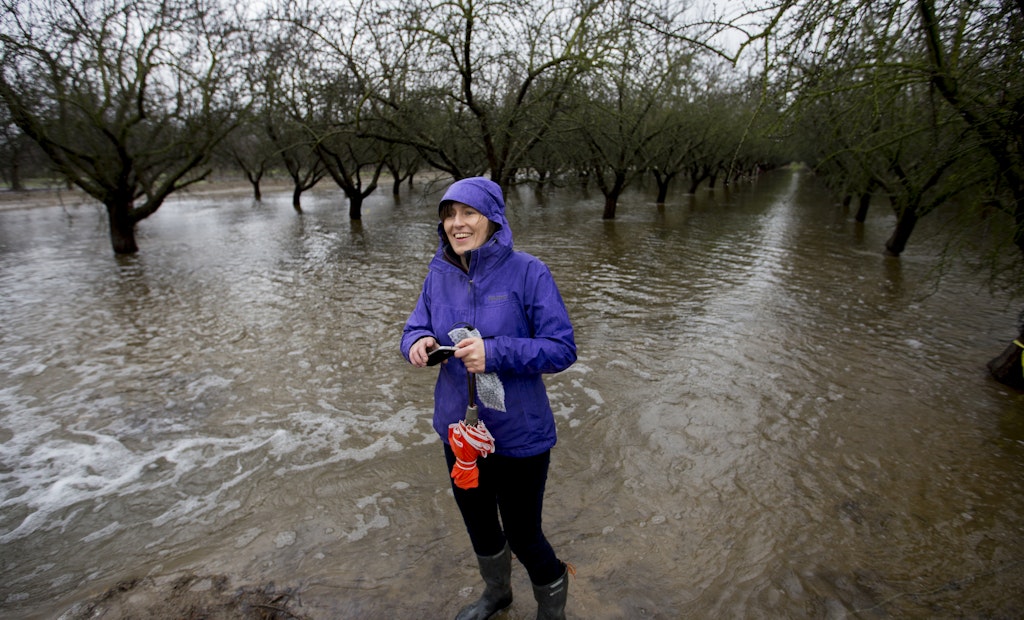
While it’s not apparent just yet whether this winter’s rainfall will bring closure to California’s historic drought, it is clear that the state’s underground water concerns will linger on. According to the San Jose Mercury News, water has been removed from aquifers faster than...





